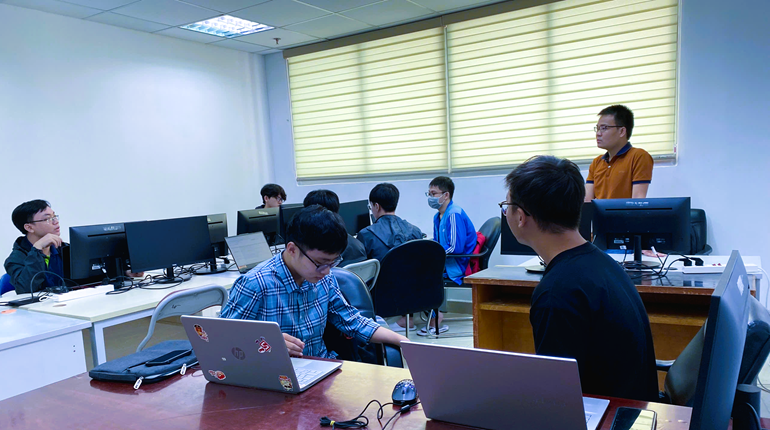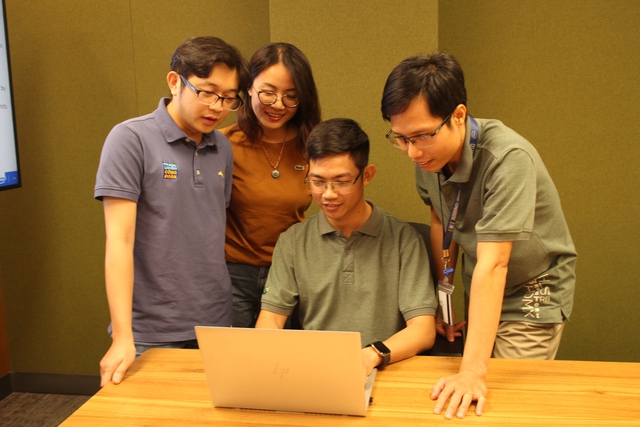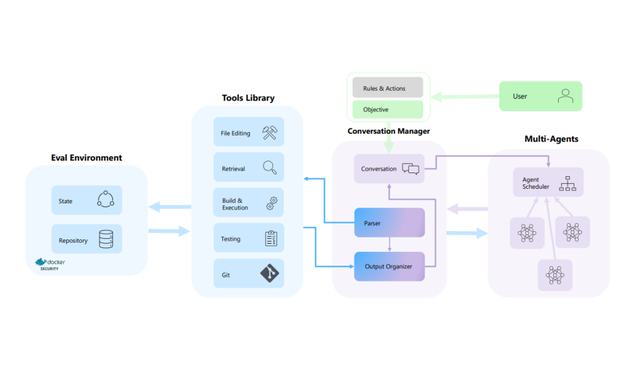
Clocked Threads
SC_CTHREAD process is different from the SC_THREAD process in a number of ways. First the SC_CTHREAD process specifies a clock object.
When other process types are described in a module constructor they only have the name of the process specified, but the SC_CTHREAD process has the name of the process and the clock that triggers the process. An SC_CTHREAD does not have a separate sensitivity list like the other process types. The sensitivity list is just the specified clock edge. The SC_CTHREAD process will be activated whenever the specified clock edge occurs. In this example the positive edge of the clock is specified so process incr_count will execute on every positive edge of the clock.
Note :SC_CTHREAD can have only one bit wide ports as trigger.
Example Clocked Threads
1 //-----------------------------------------------------
2 // This is my second Systemc Example
3 // Design Name : first_counter
4 // File Name : first_counter.cpp
5 // Function : This is a 4 bit up-counter with
6 // Synchronous active high reset and
7 // with active high enable signal
8 //-----------------------------------------------------
9 #include "systemc.h"
10
11 SC_MODULE (first_counter) {
12 sc_in_clk clock ; // Clock input of the design
13 sc_in<bool> reset ; // active high, synchronous Reset input
14 sc_in<bool> enable; // Active high enable signal for counter
15 sc_out<sc_uint<4> > counter_out; // 4 bit vector output of the counter
16
17 //------------Local Variables Here---------------------
18 sc_uint<4> count;
19
20 //------------Code Starts Here-------------------------
21 // Below function implements actual counter logic
22 void incr_count () {
23 // For threads, we need to have while true loop
24 while (true) {
25 // Wait for the event in sensitivity list to occure
26 // In this example - positive edge of clock
27 wait();
28 if (reset.read() == 1) {
29 count = 0;
30 counter_out.write(count);
31 // If enable is active, then we increment the counter
32 } else if (enable.read() == 1) {
33 count = count + 1;
34 counter_out.write(count);
35 }
36 }
37 } // End of function incr_count
38
39 // Below functions prints value of count when ever it changes
40 void print_count () {
41 while (true) {
42 wait();
43 cout<<"@" << sc_time_stamp() <<
44 " :: Counter Value "<endl;
45 }
46 }
47
48 // Constructor for the counter
49 // Since this counter is a positive edge trigged one,
50 // We trigger the below block with respect to positive
51 // edge of the clock
52 SC_CTOR(first_counter) {
53 // cthreads require to have thread name and triggering
54 // event to passed as clock object
55 SC_CTHREAD(incr_count, clock.pos());
56 // Level Sensitive to change in counter output
57 SC_THREAD(print_count);
58 sensitive << counter_out;
59 } // End of Constructor
60
61 }; // End of Module counter
Bạn Có Đam Mê Với Vi Mạch hay Nhúng - Bạn Muốn Trau Dồi Thêm Kĩ Năng
Mong Muốn Có Thêm Cơ Hội Trong Công Việc
Và Trở Thành Một Người Có Giá Trị Hơn

















